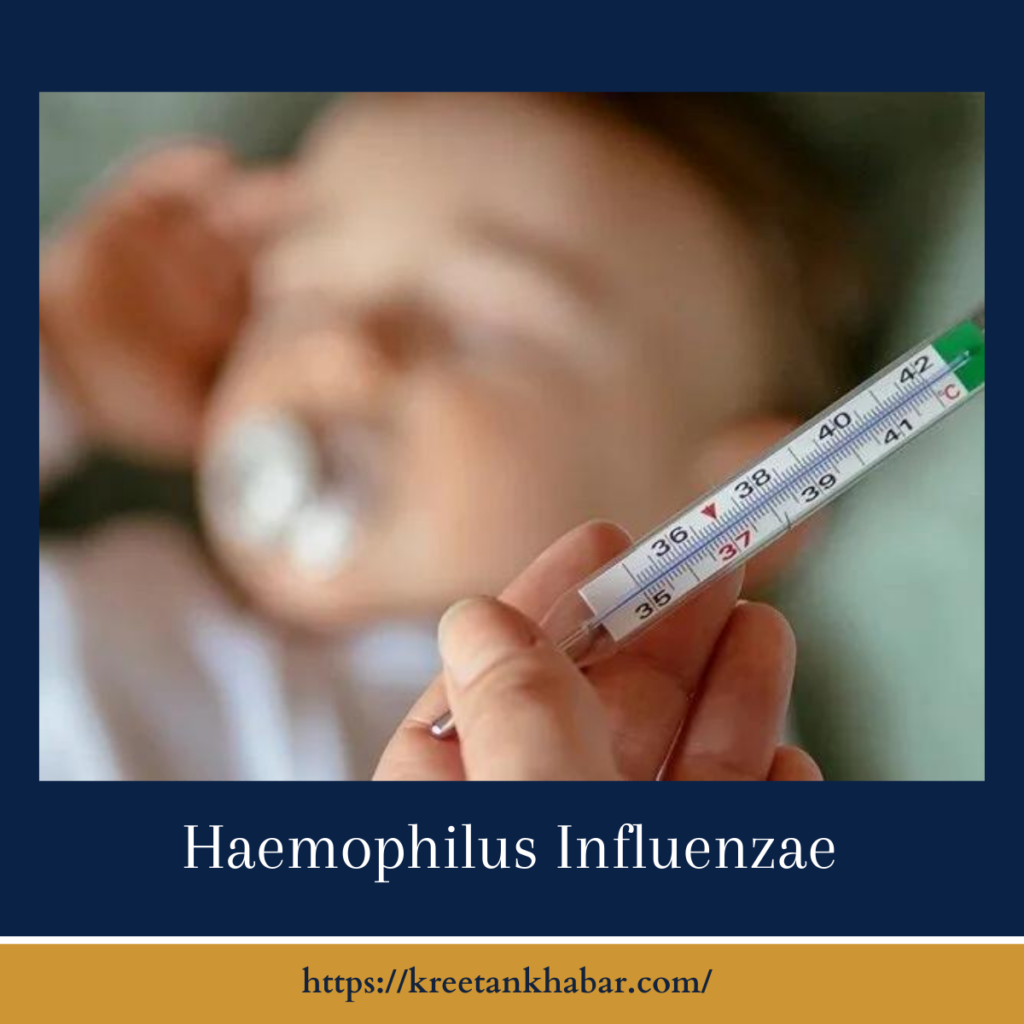Haemophilus Influenzae: A Microscopic Intruder
Introduction:
In the vast realm of microscopic organisms, Haemophilus influenzae stands out as a bacterium with a significant impact on human health. This tiny pathogen, commonly referred to as H. influenzae, has been the focus of scientific study due to its association with various infections, ranging from mild respiratory ailments to severe invasive diseases. In this article, we delve into the world of Haemophilus influenzae, exploring its characteristics, types, and the medical significance it holds.

Background:
Haemophilus influenzae was first identified in 1892 by the German bacteriologist Richard Pfeiffer during an influenza pandemic. Despite its name, H. influenzae is not the sole cause of the flu; rather, it has been linked to a spectrum of illnesses, most notably respiratory tract infections. This bacterium comes in multiple strains, categorized based on the presence or absence of a capsule—a protective outer layer.
- Discovery in 1892:
- Haemophilus influenzae was first identified by German bacteriologist Richard Pfeiffer in 1892 during an influenza pandemic.
- Name Origin:
- Despite its name, H. influenzae is not the sole cause of the flu. It gained its name due to its association with respiratory infections during the flu pandemic.
- Microscopic Bacterium:
- H. influenzae is a tiny bacterium that belongs to the family Pasteurellaceae. Its small size makes it challenging to study without the aid of microscopes.
- Capsule Presence:
- The bacterium comes in different strains, and a notable distinction is the presence or absence of a capsule.
- Non-Encapsulated (Nontypeable) Strains:
- These lack a distinctive outer capsule and are often associated with milder infections, such as otitis media and bronchitis.
- Encapsulated Strains:
- Encapsulated strains have a protective outer capsule and are categorized into six serotypes (a-f), each with unique capsule compositions.
- Association with Respiratory Infections:
- H. influenzae is commonly associated with a spectrum of respiratory infections, ranging from sinusitis and bronchitis to more severe conditions like pneumonia.
- Invasive Diseases:
- Encapsulated strains, particularly serotype b, can lead to invasive diseases such as bacteremia and meningitis, especially in vulnerable populations like young children.
- Significance in Medical Research:
- Due to its role in various infections, H. influenzae has been a subject of extensive medical research, leading to the development of vaccines and improved understanding of its pathogenicity.
- Ongoing Research:
- Ongoing scientific research continues to explore the complexities of H. influenzae, contributing to advancements in diagnostics, treatment, and preventive measures.
Understanding the background of Haemophilus influenzae is crucial for grasping its significance in the realm of infectious diseases and guiding efforts toward effective prevention and treatment strategies.
Types of Haemophilus Influenzae:
- Non-Encapsulated (Nontypeable) H. influenzae (NTHi): The non-encapsulated strains are commonly found in the respiratory tract and are often associated with less severe infections, such as otitis media (middle ear infection) and bronchitis. They lack the distinctive outer capsule, making them less virulent compared to their encapsulated counterparts.
- Encapsulated H. influenzae: This category is further divided into six serotypes (a-f), distinguished by the unique composition of their capsules. Encapsulated H. influenzae can cause more severe diseases, including pneumonia, bacteremia (presence of bacteria in the blood), and meningitis, particularly in vulnerable populations like young children and the elderly.
Medical Significance:
- Respiratory Infections: H. influenzae is a common culprit in respiratory infections, contributing to conditions such as sinusitis, bronchitis, and pneumonia. The bacterium often takes advantage of weakened immune systems or pre-existing respiratory issues.
- Otitis Media: Nontypeable H. influenzae is a frequent cause of otitis media, particularly in children. This infection of the middle ear can result in ear pain, fluid accumulation, and temporary hearing loss.
- Invasive Diseases: Encapsulated strains of H. influenzae pose a greater risk of invasive diseases, including bacteremia and meningitis. These infections demand prompt medical attention, as they can have serious consequences if left untreated.
Prevention and Treatment:
Vaccines have played a crucial role in preventing severe H. influenzae infections, particularly those caused by encapsulated strains. The Hib vaccine, introduced in the 1980s, has been highly effective in reducing the incidence of invasive diseases in children. Timely antibiotic treatment is also essential in managing infections caused by H. influenzae.
Conclusion:
In the intricate landscape of microbial life, Haemophilus influenzae emerges as a bacterium with diverse implications for human health. Understanding its types, associated diseases, and preventive measures is pivotal in addressing and mitigating the impact of infections caused by this microscopic intruder. Ongoing research continues to unravel the complexities of H. influenzae, providing valuable insights that contribute to the development of improved preventive strategies and treatments.
Read also : Exploring the Delightful Boost of the Green Tea Shot 2023